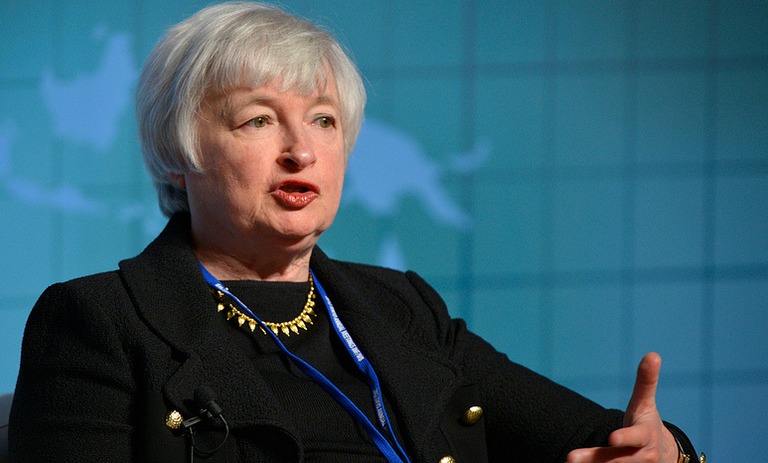Inscribed in bronze on the Statue of Liberty is an inspiration for value investors:
“Give me your tired, your poor, Your huddled masses yearning to breathe free, The wretched refuse of your teeming shore. Send these, the homeless, tempest-tost to me, I lift my lamp beside the golden door!”
Emma Lazarus’ poem has welcomed to America generations of people that blossomed when they shed the limitations of their previous homeland.

American Way
Immigrants like Albert Einstein, Sergey Brin, Indra Nooyi, Jan Koum, Arnold Schwarzenegger, David Ortiz, and countless unnamed others, had tremendous talent and ideas that were hidden, under-utilized, and constrained.
They accepted the idea that with a significant transition, combined with hard work and perhaps some good fortune, they could bring new prosperity to their lives.
We believe that successful investing can borrow from Ms. Lazarus’ words. We seek to select companies we believe to have solid assets and tremendous potential that have similarly been hidden, under-utilized, and constrained.
Bonus
Through a significant transition, such as new leadership, a spin-off transaction, or exiting from bankruptcy, infused with hard work and perhaps some good fortune, companies can rise to new prosperity.
From an investor’s perspective, this pending prosperity can come with a bonus: shares of these companies often trade at depressed prices as investors bypass them in their pursuit of already- strong and well-recognized stocks.
At the intersection of potential prosperity and depressed share prices is the foundation for our event-driven strategy.
Performance
The Event-Driven SMID Cap Value Strategy returned 6.37% in the first quarter, net of fees, compared to the 3.02% return of the benchmark Russell 2500 Value Index and the 0.95% return of the S&P 500 Index.
Contributions were broad-based, as 26 of our 33 positions had positive returns and 11 produced double-digit gains.
At the sector level, contributions were similarly broad: 7 of the 8 sectors in which we held positions had positive returns and contributions to outperformance.
Since its inception over 2 years ago, the strategy has exhibited similar breadth. Eight of the nine sectors have produced positive returns, and 6 of the 9 sectors have added to since-inception outperformance. Nearly all six of these sectors’ contributions have been material.
Energy Sector
The notable exception to this since-inception breadth has been our energy sector companies. While this group produced strong returns through mid-year 2014, the subsequent brisk 50% drop in oil prices led to sharp declines in the share prices of our energy stocks.
Despite a partial rebound in the first quarter, the net effect on our performance since inception has been significantly negative.
We recognize the risks imposed by commodity prices on the overall portfolio’s returns.
Critically, our concern is not the volatility this produces in our returns, as we are more than happy to trade off near- term stability of returns for long-term strength of returns.
Cushion
What we want to limit is the commodity’s effect on our companies’ ability to control their own fate.
Following our intensive review of our energy holdings, we believe our quarter-end energy holdings and weightings are appropriate. We like the prospects and valuations of each of our remaining companies in the portfolio.
This review process, however, is never truly finished as we change our weights and holdings based on two metrics: valuation compared to our post-transition target, and the company’s fundamental progress along its transition path.
As these metrics in our portfolio companies change, we re-evaluate our positions.
Portfolio Lineup
We held 33 positions at quarter-end, reflecting our belief that a highly-concentrated portfolio improves the likelihood of strong returns.
Our annualized turnover rate for the quarter was 19%, consistent with our low-turnover approach and our desire to be tax-efficient.
We added one new name during the quarter, Houghton Mifflin Harcourt (HMHC) and had no exits. Our cash position at quarter-end was 9.8%. The cash balance is purely a residual effect.
We claim no ability whatsoever to time the market. Our desire is to own only highly-attractive stocks with the potential to return 50% or more over a 3-5 year horizon.
These 50%+ ideas come along at their own pace, which usually is not synchronized with our position exits.
When the pace of our sales temporarily exceeds our pace of additions, our cash balance tends to increase, and with the converse our cash balance tends to decrease.
CEO Reshuffle
The grist for our mill remains strong. Spin-off activity in 2014 reached 60 completed spin-offs, nearly a record.
This year, activity looks likely to approach this healthy volume. CEO replacements remain numerous.
Boards are increasingly under pressure from both internal and external constituents to boost their share prices to keep up with relatively high peer valuations. We expect the impact of activist investors will continue to increase.
Moody’s notes that there were 54 activist-led campaigns in the first quarter, up from 43 in the year-ago quarter.
Not only have activists’ financial resources grown dramatically in recent years, but market participants (notably Vanguard and Blackrock) and regulators (the chair of the SEC) are recognizing the merits of the better governance often sought by activist investors.
We are seeing the very early stages of a new bankruptcy cycle. In the first quarter, several sizeable companies filed for bankruptcy.
With the sharp decline in oil prices, a slow economic recovery, and likely rising interest rates, we are anticipating an improved supply of new bankruptcies, followed by more exits in which we can potentially invest.
New Holding
Houghton Mifflin ($1.4 billion revenues) publishes educational, trade, fiction/non-fiction, and other books and materials.
Best known for its Curious George franchise, the company emerged from Chapter 11 bankruptcy in 2012 and returned to the public markets through its November 2013 IPO.
Its formerly overbearing debt load has been reduced to a level well-below its cash balances and its revenues have recovered from the fiscal difficulties that states and municipalities experienced following the 2009 recession.
New leadership under CEO Linda Kay Zecher is accelerating Houghton’s product mix into digital content, and its core education segment continues to gain share.
Free Cash Flow
Reported earnings understate its profitability due to the accounting treatment of subscription sales and as non-cash amortization charges further obscure profits.
The company produces strong free cash flow even while investing in new products and technologies. Importantly, Houghton Mifflin’s valuation is attractive at 6x cash flow.
With this letter we are changing the name of our portfolio. Our approach, process, and philosophy are unchanged.
We are simply highlighting what we already do – focusing exclusively on out-of-favor companies undergoing significant transitions.
Such transitions are, by definition, driven by discrete events, such as: involvement in a spin-off transaction, emergence from bankruptcy, new senior leadership, and activist-led changes in strategy.
Unique Strategy
We eschew lesser catalysts to concentrate on those that we believe have the potential to radically change for the better the company and its value to shareholders.
We also want to highlight how unique we believe this strategy is compared to other event-driven approaches. It is long-only, allowing our clients to participate in rising equity markets.
The portfolio marches to its own drummer, as our correlation to the market, or R2, is only 80%. Turnover is low, which reduces transactions costs and is proving to be tax-efficient.
The fee structure is modest and has no performance fees, and yet we have real skin in this strategy as the manager’s liquid personal assets are heavily invested in it.
In short, we believe the name better reflects what we do and our belief that it provides considerable value to investor portfolio allocations.
Photo Credit: Jon Dawson via Flickr Creative Commons
Any index comparisons provided in the blogs are for informational purposes only and should not be used as the basis for making an investment decision. There are significant differences between client accounts and the indices referenced including, but not limited to, risk profile, liquidity, volatility and asset composition. The S&P 500™ is an index of 500 stocks chosen for market size, liquidity and industry, among other factors. The Russell 2500™ Index measures the performance of the small to mid-cap segment of the U.S. equity universe, commonly referred to as “smid” cap.




